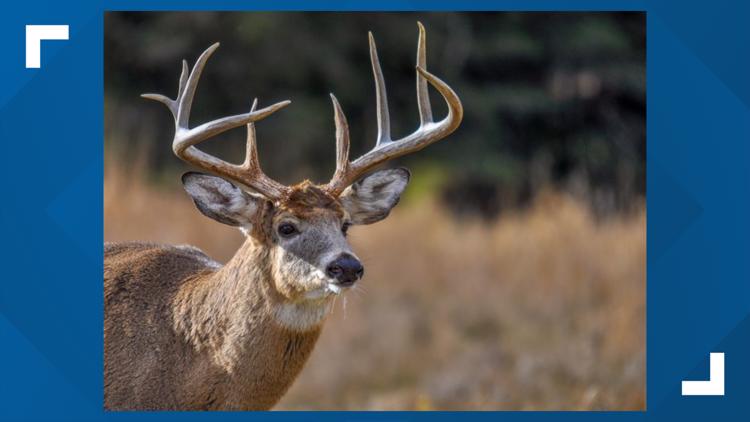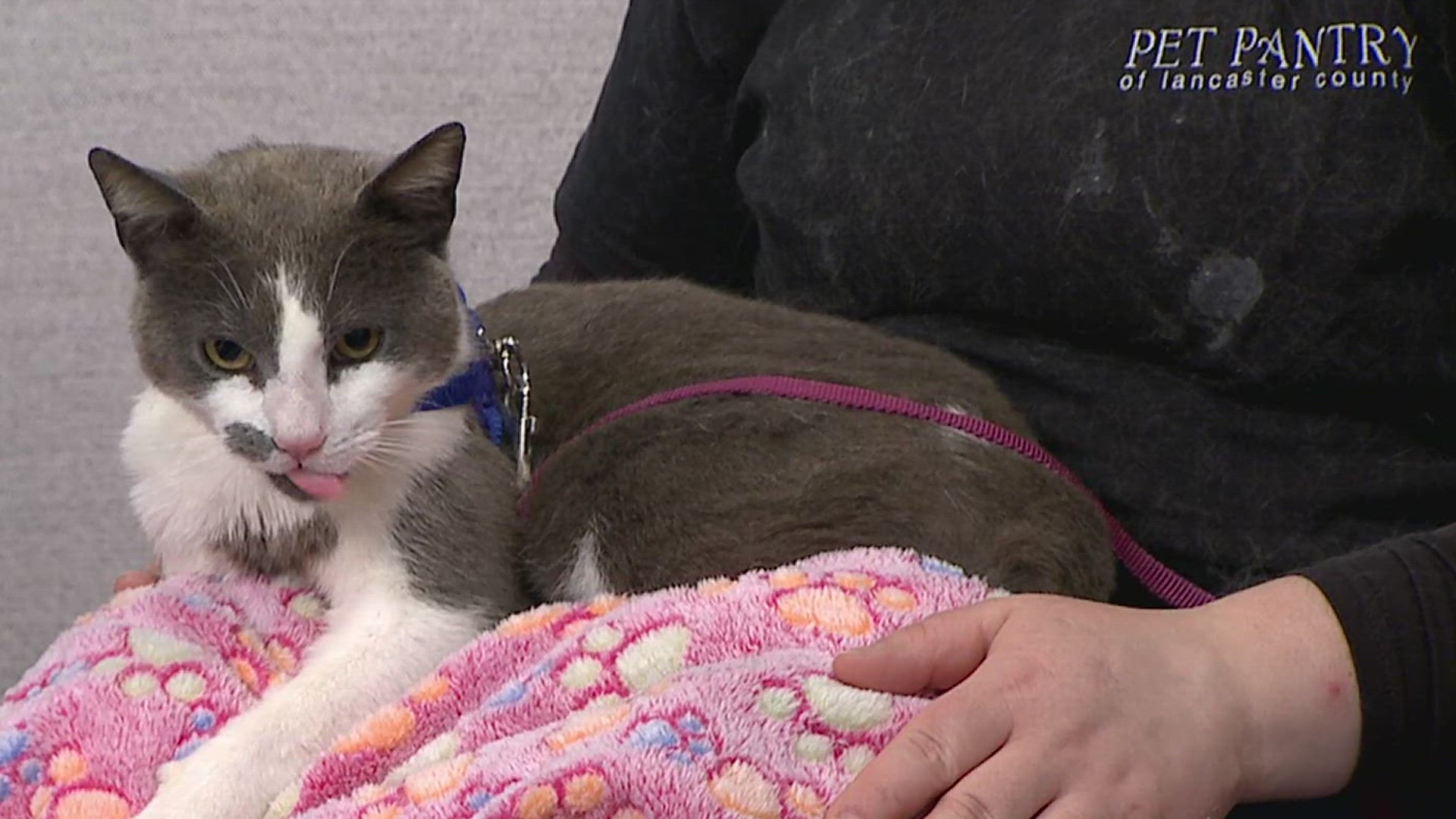HARRISBURG, Pa. — State officials on Monday issued a reminder to Pennsylvania drivers that there's a higher risk of deer-related vehicle crashes this time of year, and that insurance companies cannot add a surcharge to auto insurance premiums if such a crash occurs.
“Under Pennsylvania law, a crash involving a deer or other wildlife is considered a not-at-fault accident, and insurers cannot add a surcharge to your premium for a deer-related crash,” Pennsylvania Insurance Commissioner Jessica Altman said in a press release. “However, this exclusion does not apply if your car does not come in contact with the deer.
“Vehicle damage from deer-related crashes is handled under a driver’s comprehensive coverage."
State Farm data reveals Pennsylvanians have a 1-in-54 chance of being involved in an animal-related crash, the fifth highest in the nation.
The Pennsylvania Department of Transportation reported more than 5,581 deer-related crashes in 2020, up from 4,300 in 2019. The 2020 crashes resulted in 1,028 injuries and four deaths.
Between July 1, 2020, and June 30, 2021, an estimated 1.9 million animal collision insurance claims were processed across the country.
According to the Pennsylvania Game Commission, dawn and dusk are peak times for deer activity. In addition, November is when drivers are most likely to have a deer-related crash, according to insurance industry reports.
October and December are the second and third most likely months for animal-related crashes.
Drivers should be aware of the following tips from the American Automobile Association to help prevent a crash or to reduce the damage from a collision:
- Pay attention to road signs while driving. Yellow, diamond-shaped signs with an image of a deer indicate areas with high levels of deer activity.
- Drivers should continuously scan the road in front of the vehicle looking for signs of animals and movement.
- Use high beams when there is no oncoming traffic. Generally, the light reflecting off their eyes will reveal their location.
- Slow down and watch for other deer to appear. Deer rarely travel alone; if one is seen, there are likely more.
- Resist the urge to swerve: Instead, stay in the lane with both hands firmly on the wheel. Swerving away from animals can confuse them so they don’t know which way to run. It can also put the vehicle in the path of oncoming vehicles or cause a driver to crash into something else.
- If the crash is imminent, drivers should remove their foot from the brake. During hard braking, the front end of a vehicle is pulled downward which can cause the animal to travel up over the hood towards the windshield. Letting off the brake can protect drivers from windshield strikes because the animal is more likely to be pushed to one side of the vehicle or over the top of the vehicle.
- Always wear a seat belt. The chances of being injured when hitting an animal are much higher if the driver is not wearing a seatbelt.
“The fall is breeding season for deer, and they may be less aware of their surroundings,” Altman said. “It’s important to remember to stay alert, buckle up, and try not to swerve your car. If an animal collision is inevitable, stay on the road.”
“Driving the posted speed limit, eliminating distractions in the vehicle, and choosing to never drive impaired are choices that can save a life during the peak months of the deer mating season,” said State Police Commissioner Robert Evanchick. “If you hit a deer, pull over to a safe area and assess the situation to figure out what to do next. If there are any injuries requiring medical attention, your vehicle needs towed, or the roadway is blocked, contact 911 immediately.”
In Pennsylvania, two types of crashes must be reported to police: crashes that result in a vehicle being damaged to the point it cannot be driven from the scene and collisions that result in injury or death.
Minor collisions or fender benders that do not result in injury may be reported to police, but it is not legally required.
Deer-Related Crashes in Central PA Last Year:
- Adams County: 72 (down from 93 in 2019)
- Cumberland County: 109 (up from 78 in 2019)
- Dauphin County: 114 (down from 121 in 2019)
- Franklin County: 54 (down from 59 in 2019)
- Juniata County: 34 (down from 35 in 2019)
- Lancaster County: 119 (down from 141 in 2019)
- Lebanon County: 69 (up from 60 in 2019)
- Mifflin County: 28 (up from 23 in 2019)
- Perry County: 49 (down from 59 in 2019)
- York County: 201 (up from 172 in 2019)



